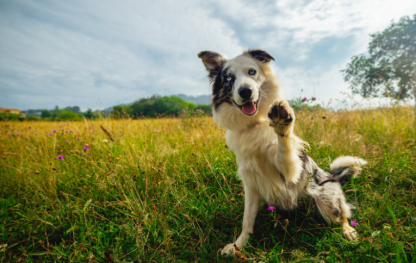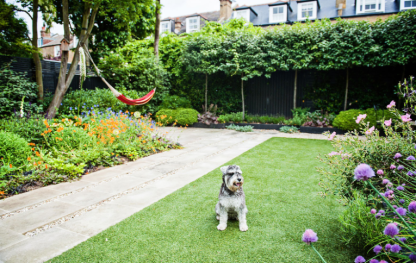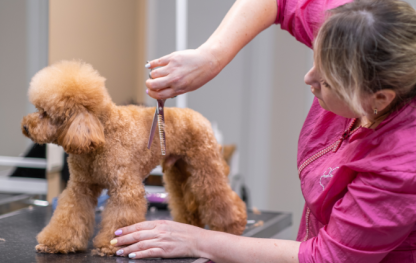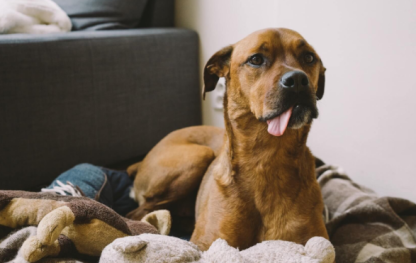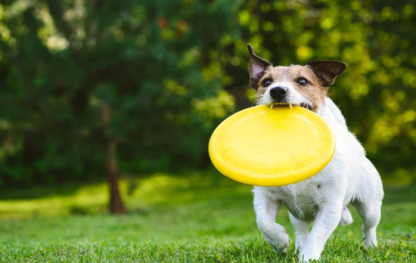How to Create a Pet-Friendly Garden
If you’re a pet parent with a green thumb, creating a garden that’s both lush and safe for your furry companion is a dream come true. Whether you have a curious cat, a playful pup, or both, a pet-friendly garden is more than just a patch of grass—it’s a sensory-rich haven that encourages exploration, relaxation, and bonding time outdoors.
But it takes more than planting pretty flowers to make your garden pet-safe. From choosing non-toxic plants to designing with your animal’s needs in mind, here’s how to grow a space where pets and plants can thrive together.

1. Choose Pet-Safe Plants
Not all greenery is friendly to your four-legged friends. Common garden staples like lilies, azaleas, foxglove, and sago palms can be toxic if ingested.
Instead, opt for non-toxic options like:
- Sunflowers
- Snapdragons
- Marigolds
- Basil, thyme, and rosemary (bonus: they’re great for cooking too!)
Check the ASPCA’s list of toxic and non-toxic plants before planting to make sure your choices are safe for pets that love to sniff, dig, or nibble.
2. Create a Sensory Playground
Pets—especially dogs—love stimulation. Add pathways for exploration, textured surfaces like mulch or pebbles, and raised areas to climb or perch. Cats enjoy high spots for sunbathing or watching birds, while dogs appreciate open space for play.
Consider planting catnip or cat grass for felines, and install water features like a pet-safe fountain or shallow birdbath to offer hydration and cooling during warmer months.
3. Avoid Harmful Chemicals
Chemical fertilizers, herbicides, and pesticides can pose serious health risks to pets. Choose organic or pet-safe gardening products, or make your own compost from kitchen scraps and garden waste.
When treating for pests, stick to non-toxic options like neem oil or diatomaceous earth—and always keep your pets out of freshly treated areas until it’s safe.
4. Add Shade and Shelter
Just like humans, pets can overheat quickly in the sun. Be sure to include shaded areas using trees, pergolas, or pet-sized shelters.
A cozy nook under a shrub, a covered bench, or a pop-up canopy can offer the perfect escape from direct sunlight. For extra comfort, keep a bowl of fresh water nearby during warm weather.

5. Designate a Potty and Dig Zone
To save your garden beds from becoming impromptu restrooms or excavation sites, set aside a specific area where your dog can do their business or satisfy their digging instincts.
Use mulch, sand, or dirt in a corner of the yard, and reward your pet for using it. Raised beds or fencing can help protect sensitive areas and guide your pet toward more appropriate zones.
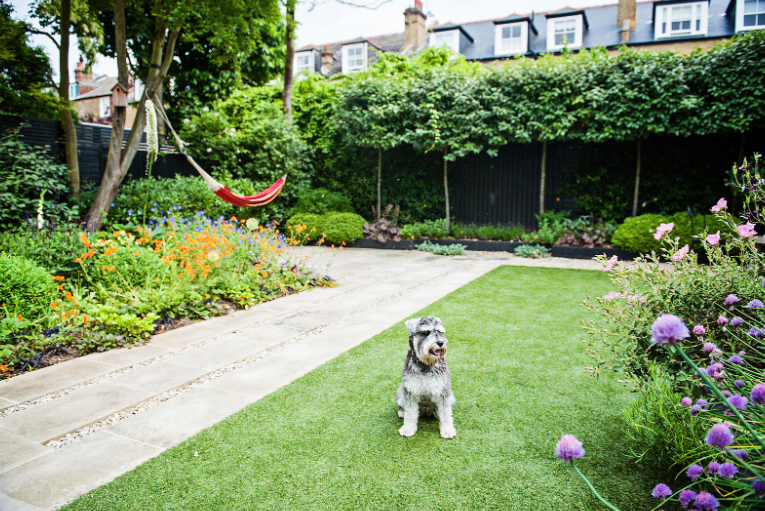
Final Thoughts
A pet-friendly garden is more than just a safe space—it’s an invitation to enjoy the outdoors together. With the right plants, thoughtful design, and a little bit of planning, you can cultivate a garden that nurtures your love of nature and your love for your pet.
Because when your furry friend is happy, healthy, and wagging their tail in the sunshine, your garden becomes more than beautiful—it becomes home.
